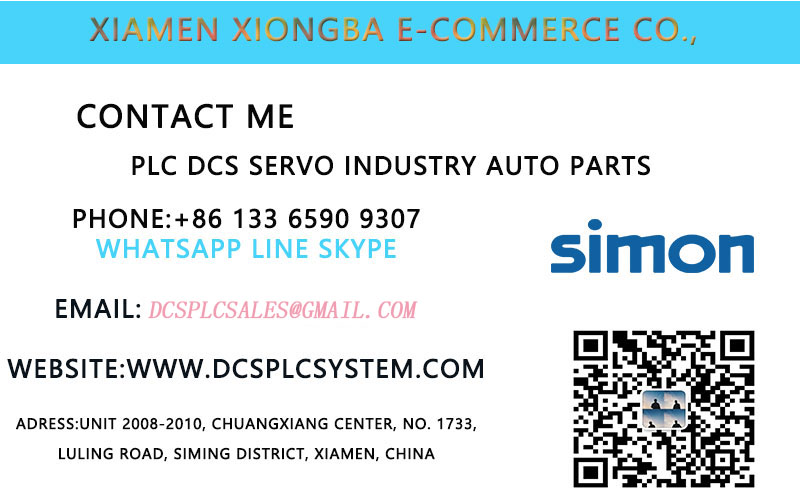Description
ABB AIM0006 2RCA021397A0001F PC motherboard interface
ABB AIM0006 2RCA021397A0001F Controller tuning is often blamed, but with less knowledge of the problem, it is clear that tuning does not help until the controller has full control of the valve. The main problem is the overall closing of the controller, which is not currently selected by the high or low selection logic.
ABB AIM0006 2RCA021397A0001F has several of the most common solutions.
Fix the integral of the unselected controller at a value (e.g. 2%) very close to the output of the selected controller. When the unselected controller is needed, it only needs to be relaxed by 2%, not completely from 0 or 100%.
When the process variable of the unselected controller is close to the set point, the “bounce” output is the same value as the selected controller (e.g., the selected controller). By switching the controller momentarily to manual, the output is changed and re-automated, adjusting the setpoint if necessary.
The first method is simple enough to be implemented on most DCSs or PLCSs, while the second method is appropriate where no limiting clamp is applied to the controller integral.
When the suction drops to the set point of PIP2, the output of the controller is close enough (method 1) or (method 2) to be the same as the output value of PI-1, so that PIP2 can immediately control the valves that are opened to hold pressure.
ABB AIM0006 2RCA021397A0001F controllers should be tuned one at a time by adjusting the SET point and pressure so that the tuned controller has full control of the valve: the other controller must be pushed somewhere, perhaps even left on manual.
Otherwise, use normal tuning methods to calculate controller parameters. Once satisfied with the tuning, thoroughly test the transition from one controller to the other.











